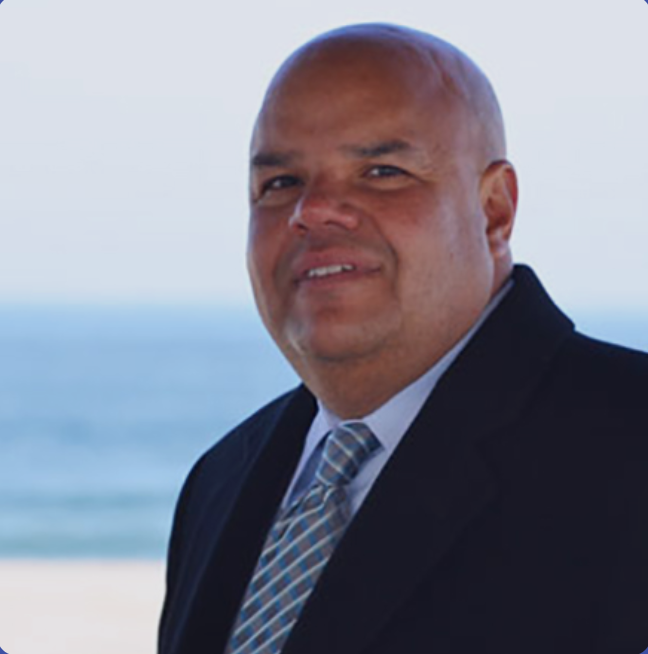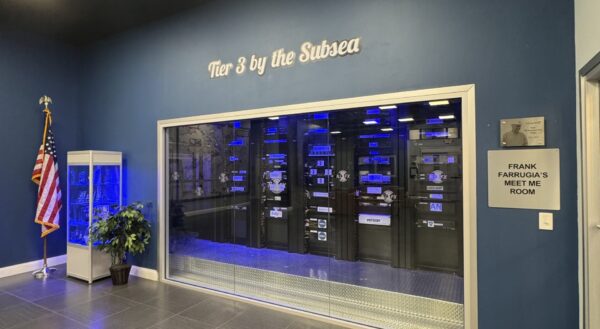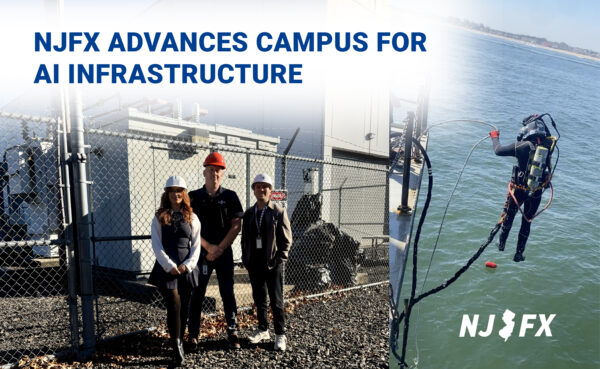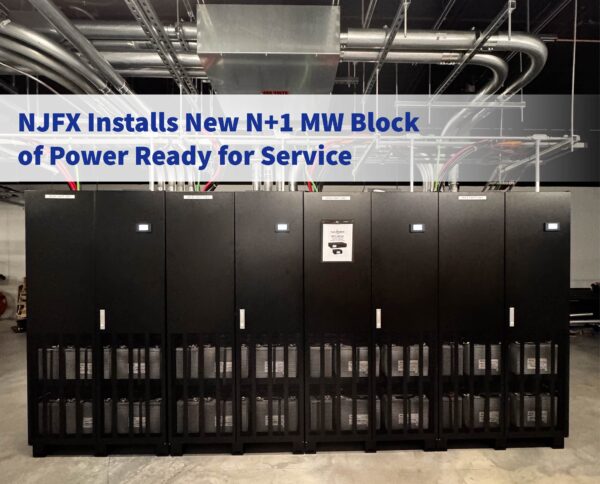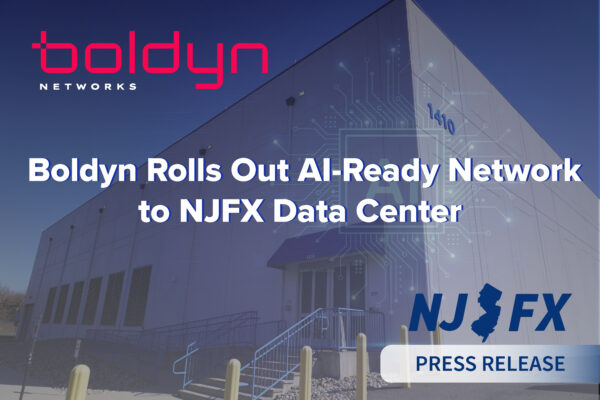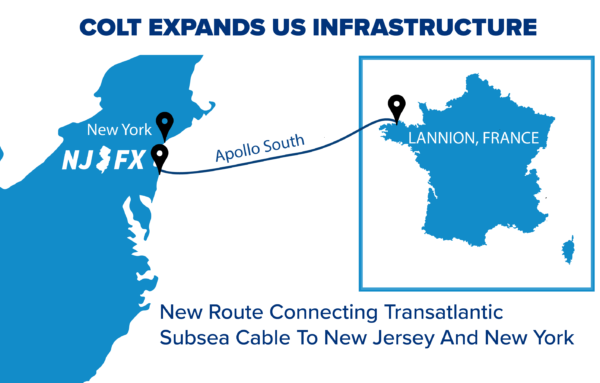Editor’s Note:
In September 2016, NJFX formally unveiled its data center campus located adjacent to the submarine cable landing station in Wall Township, New Jersey. The colorfully named “Tier 3 by the Subsea” was the first of its kind in the industry, disrupting the traditional backhaul model and redefining proximity by providing direct interconnection options at the cable-head without recurring costs on cross-connects.
“NJFX is doing something that no company has ever done before,” Gil Santaliz, Founder and Chief Executive Officer of NJFX, said at the September launch. “The unique location of our campus enables unprecedented access to a number of the most sought after subsea and terrestrial assets transporting traffic nationally, as well as internationally. NJFX ensures our customers receive the flexible, reliable and secure connectivity they require to support their growing business needs.”
Since September, NJFX’s facility has continued to develop. Another expansion phase was completed in January and the concept has clearly resonated within the industry as more submarine and terrestrial cable operators make connections.
I recently had the opportunity to speak with Mr. Santaliz about NJFX and what the future may hold:
Santaliz: “We have several billion dollars’ worth of assets sitting in our NJFX Campus now. We have three transatlantic cables — two Tata Communications cables, which were there when we arrived, and now Aquacomms has come in and installed their equipment in the building to provide a third way across to Europe with their AEconnect cable. Seaborn Network’s new Seabras-1 cable from the US to Brazil also will be connected when it becomes ready for service this summer. So we are continuing to be unique. We are up to four subsea cables and we’re rivalling any location in the US or the world in terms of having so much subsea cable capacity in one place.
We provide options. You can bypass New York City by using Tata from Ashburn, Virginia, or any part of the US. We have alternate paths across the Atlantic. We have two ways to apply access to Seabras-1. TI Sparkle, which purchased three fiber pairs on Seabras-1, has taken residence in our facility, and the cable also can be accessed through Tata. There’s one cross-connect in the building rather than going all around New York or New Jersey, thus reducing latency and increasing efficiency.
On the US side, we’ve had Lightower come in and install their network and they’re about to put in a second cable in the building for diversity. Altice (formerly CableVision Lightpath) has installed their network. We always had Windstream offering capacity at our facility and we’re talking to Zayo about increasing the capacity it has. So we are the center of the universe between the US, Europe and South America — between the US domestic fiber networks and the European and South America cable operators.
We made a decision about three months ago to take an opportunity to expand our property. We were always a 10-acre site with Tata and we are finalizing our joint venture to expand to 48 more acres. We had a large Fortune 100 company knock on our door and the amount of space they wanted from us exceeded what we could do for them, so we took the initiative to take up 48 more acres. We also expanded our relationship with the electric utility and now we can offer not only Tier 3 but Tier 4 for additional and increment space.
We need to all think differently because the world is changing so quickly. The telecommunications network is a global platform and the assets should reflect how we currently operate. People expect things to work whether you’re in Denmark or Frankfurt or Latin America. Content needs to move. Latency is important. Diversity is important. Our model is to give customers reliable, high-performance, reduced cost access to critical submarine cable assets so that they can do business, provide services and support all these new ideas that people have out there in the increasingly dynamic world.
Read full article at submarineworld.com/…
